An epitome of true creativity and artistic expression, Marconi Union‘s music doesn’t fall under any category or definition, it is simply beautiful, unique, emotionally and atmospherically charged music. I had the pleasure of interviewing two of the three members of Marconi Union to offer insight into the creative process of this somewhat mysterious UK-based outfit.
 They have been around for quite a while, releasing albums since 2003, but how many of you heard about this fantastic group? They certainly flew under a lot of radars, but at the same time also managed to build a strong, international fan base. They have been getting praises from press entities such as The Sunday Times and Time Magazine, and in addition their music appeared on commercials and U.S. TV shows.
They have been around for quite a while, releasing albums since 2003, but how many of you heard about this fantastic group? They certainly flew under a lot of radars, but at the same time also managed to build a strong, international fan base. They have been getting praises from press entities such as The Sunday Times and Time Magazine, and in addition their music appeared on commercials and U.S. TV shows.
I had discovered Marconi Union only in 2009 and immediately grabbed a copy of their second album, Distance—the album that broke Marconi Union through to an international audience. An album that was inspired by the experience of driving late at night through the city, particularly with the feeling of being insulated from all the life around you. I’ve been a fan ever since.
In my review of their latest album, Different Colours (Just Music, 2012), I wrote: “While a lot of bands start to sound a bit recycled after a couple of albums, Marconi Union manages to do the exact opposite. Always sounding fresh, the Marconi Union guys constantly keep developing and deepening their sound and style without losing their cinematic, concept-driven magic.” They have been steadily releasing albums of great quality, filled with spellbinding beauty, and if one must put their music under a category, ambient would be a suitable one to put it under I guess, but MU’s music goes far beyond. It’s not ambient, it’s what ambient can be.
:: :: :: :: ::
Marconi Union are: Richard Talbot, Jamie Crossley and Duncan Meadows.
Igloo :: Not too long ago, after years of working as a duo, Marconi Union turned into a trio with the joining of Duncan Meadows. Your latest album, ‘Different Colours’ is the first album you created as a trio. How did working as a three piece band affect the creative process?
Richard :: We always work separately on ideas for tracks and then we get together to build them into finished pieces of music. Often that process means that the original idea gets taken in a completely different direction but that’s part of what makes this working method exciting. Everything was always mediated by how the other person heard it. We also spend a lot of time discussing the music in visual or sonic terms, for instance when we were writing the first track for what became Tokyo, as soon as we started adding certain sounds, we knew that for us it would be about a city, and from there we came up with the idea of doing a whole album soundtracking our images of Tokyo, which then dictated the way we wrote the other tracks. So the whole concept was guided by the sonic attributes of one track and ultimately everything fell in with that idea. Things didn’t really change when Duncan joined, we just had three people inputting raw ideas and mediating them. Additionally, Duncan also had a more formal musical training (neither Jamie or I, have had any) and those skills and knowledge were a very useful addition for us.
Duncan :: I don’t think the process changed that much when I joined. Before Jamie and Richard invited me to be a full time member I played piano on a collaboration between MU and Giorgio Li Calzi (“Blue Lights”, from Li Calzi’s album Organum). During the recording session for “Blue Lights” I learned a lot about how Jamie and Richard made music. At that point they had been working together for eight years and I felt it was important that my joining will not have too much of an impact on the process they had developed and refined. I did not join MU with the intention of changing the sound; I wanted to slip in without anybody noticing. Probably the most significant consequence of me joining was what I could do in a live context, so where in the past keyboard parts would come from a laptop, they could now be played by me.
‘Different Colours’ is the most accessible album Marconi Union released, and I mean it in a good way of course. Tell us about ‘Different Colours’ and what you wanted to achieve with it musically.
Richard :: I think Different Colours is our least conceptually bound up album. However, when we were writing it we did have a number of things we wanted to achieve musically. I don’t know whether it was a reaction to Beautifully Falling Apart but we were keen to make a very structured and arranged album, which is where we utilized a lot of Duncan’s skills. We also wanted to make a record that was more soulful, not that we were trying to make a soul album in the vein of Motown or Stax as such, but one that was more personal and emotional than our previous records.
Duncan :: I don’t think we started out wanting to achieve a specific aim with Different Colours, and in some ways it is no different to previous MU albums. We did talk about wanting to have more arrangement and structure to the tracks, in contrast to the previous album Beautifully Falling Apart. The form of Different Colours developed as we worked on it and we didn’t want to impose our individual preferences and tastes on the sound. We are always conscious of allowing the music to develop almost of its own accord. I sometimes feel like the seeds of a track have a natural course, and our role as musicians is to discover what the path is and guide the music along it. I find it difficult to describe how our music comes about, not that there’s anything esoteric about the process. Sometimes we just start with a chord or a phrase. Sometimes just an atmosphere. Other times one of us will present an idea and we each go away and work on it. Then we meet up and break it down and rebuild it. It sounds like a haphazard way of doing it, and it probably is but it works for us.
When I describe your music to people in terms of style, I say it’s a strange and unique blend of ambient, electronica, dub techno and post-rock, spiced with a jazzy touch. Even though I can hear all those styles in your music, I never find myself thinking, oh, here they sound like that band or there they sound like this artist etc. So, what are your musical influences? Does each of you has a favorite band? Tell us what have you been listening to lately.
Richard :: Nobody is without influences, usually it’s the experience of hearing a particular record or seeing an artist that gives someone the impetus to start making music and unless you’d lived in a bubble with no music you can’t escape being at least subconsciously influenced. It’s just a question of how you use those influences and unfortunately all to often the phrase “influenced by” is just another way of saying “sounds like…” When Jamie and I met, we found that we shared a lot of musical references, people like Joy Division, Wire, Bowie, Miles Davis. Elements of what we like about those artists informed the way we do things but not to the extent that we sound like them, it’s more subtle than that. For instance, you might hear how somebody achieves a particular musical effect on a rock record and months or years later you want to achieve something similar so you remember that original record and think how could I apply that idea here? Obviously, you’re making a different type of music and have to go about it in a different way but nevertheless that record influenced you to a degree. It’s possible to learn from almost everything you hear regardless of genre and credibility and adapt the ideas that come from that.
Duncan :: Over the last few years I’ve become slightly lost with new music. There is so much of it and I find it’s impossible to keep up. When I was younger, in the pre-internet days, I would listen to radio, go to gigs, read music papers and magazines, share music with friends. I would discover bands I liked and slowly find out about them. Perhaps the choice was narrower then but that meant I felt more focused. Now I sometimes feel overwhelmed by the amount of information and music that is out there. I feel bad about it as if I’m not committed to discovering music in the way I used to be. Over the years that I’ve played piano I’ve been influenced by different forms of music. The first music I heard as a child were the big classical pieces by composers like Beethoven, and early jazz music by Bix Beiderbecke.
During my teens I moved toward rock music. I remember clearly the first time I heard Nirvana. Then it was post-rock, so bands on Kranky and Constellation. A gig which had a big impact on me was Godspeed! You Black Emperor playing with Fly Pan-Am and Sigur Ros. The problem was that much of the music I was listening to was guitar based, and I couldn’t work out where my piano and keyboards fitted in. During my early twenties I started listening to a lot of jazz music, in particular pianists. I’d always loved improvising and I immediately appreciated what Keith Jarrett did. The recording of his Vienna Concert had a profound effect on me. I also returned to classical music, everything from modernists like Webern to pre-piano composers like Scarlatti. I couldn’t get enough music. I felt I had to listen to everything. But I reached a point where I had no idea what I was doing in terms of my own playing. I experimented with different sounds but didn’t feel like I fitted into any particular band or scene. It was only when I started playing with MU that I began to develop a way of playing that combined the aspects of the music I loved. The music which means most to me is usually that which uses space and melody—something which I try to incorporate into my playing.
 Marconi Union are among the bands that still release albums in physical formats, which is something I really appreciate. How important is artwork and presentation to you?
Marconi Union are among the bands that still release albums in physical formats, which is something I really appreciate. How important is artwork and presentation to you?
Richard :: For us, an album is a complete package so the artwork is vital, it’s often the first thing that presents to people what the record is about, so it is essential that it conveys the exact feeling you want.
Recently you are performing live more frequently I think. A recent live show you did at Redwall Studios in Manchester featured a drummer as well, turning Marconi Union into a four piece band. There’s a very special atmosphere in that live show. I feel that with the right sort of visuals and lighting you can record an excellent DVD. Have you thought about doing a DVD?
Richard :: We’re just keen to get out there and play live at the moment, but who knows where it might lead? We’d really like to make a DVD, we talk about it a lot. However, we wanted to put the films of the Redwall Sessions on youtube, so that if anyone is interested they can watch them.
Duncan :: We have recently been discussing what we might do in the future to develop our use of visuals. We don’t have any specific plans yet but we are interested in looking at different ways by which we could bring the music and visuals closer together.
What are Marconi Union’s future plans?
Richard :: We don’t spend a lot of time planning things, often one of us will come with an idea and that sends us off in some new direction, so who knows…
Duncan :: Hopefully to perform live more regularly. I’m surprised how difficult we are finding it to get to opportunities to play live.
:: :: :: :: ::
Both Distance and Under Wires and Searchlights were reissued by Just Music last year. Check them out here. For more info go to Marconi Union’s Home page or Artist page at Just Music.






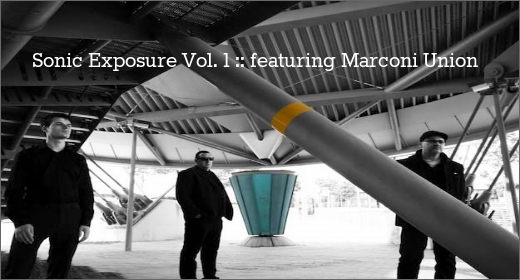
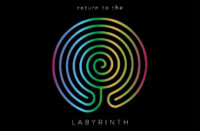



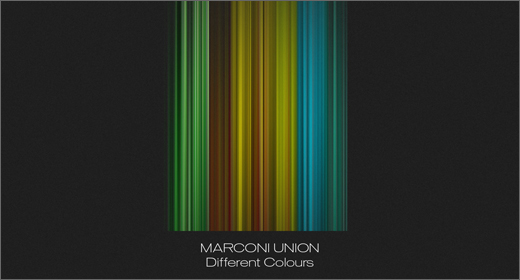
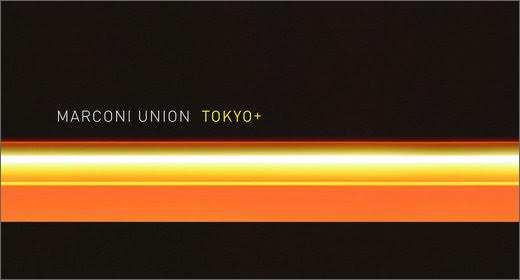
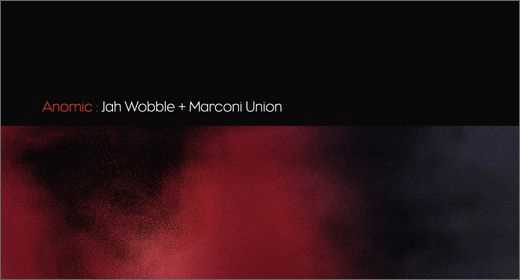
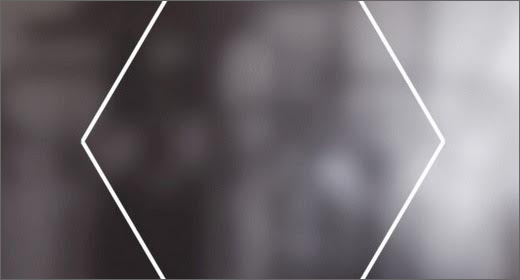
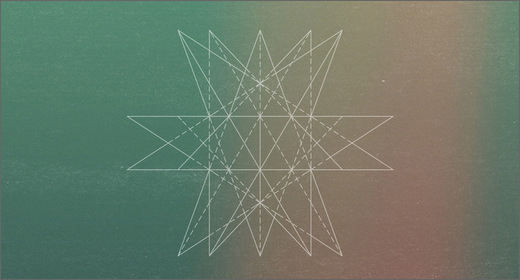

![Pole :: Tempus Remixes (Mute) — [concise]](https://igloomag.com/wp/wp-content/uploads/2025/04/pole-tempus-remixes_feat-75x75.jpg)






![Hasbeen :: Bunker Symphonies II (Clean Error) — [concise]](https://igloomag.com/wp/wp-content/uploads/2025/04/hasbeen-bunker-symphonies-ii_feat-75x75.jpg)
